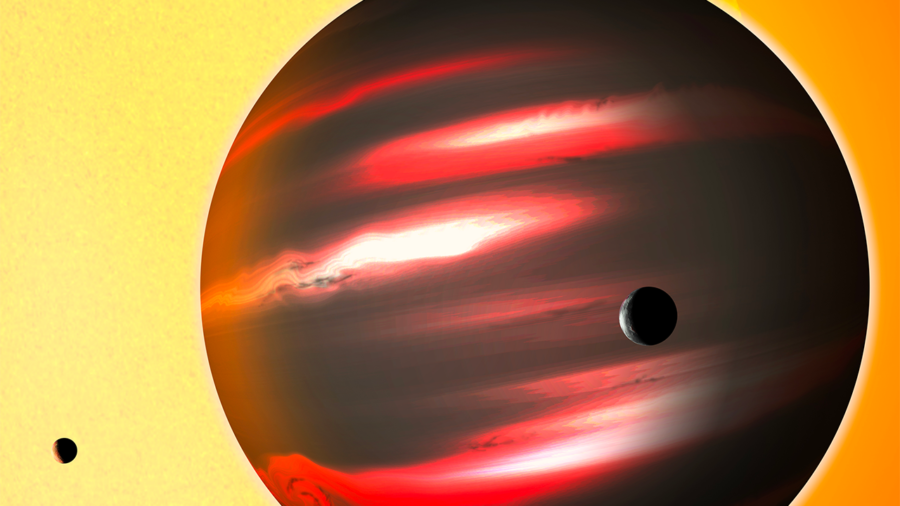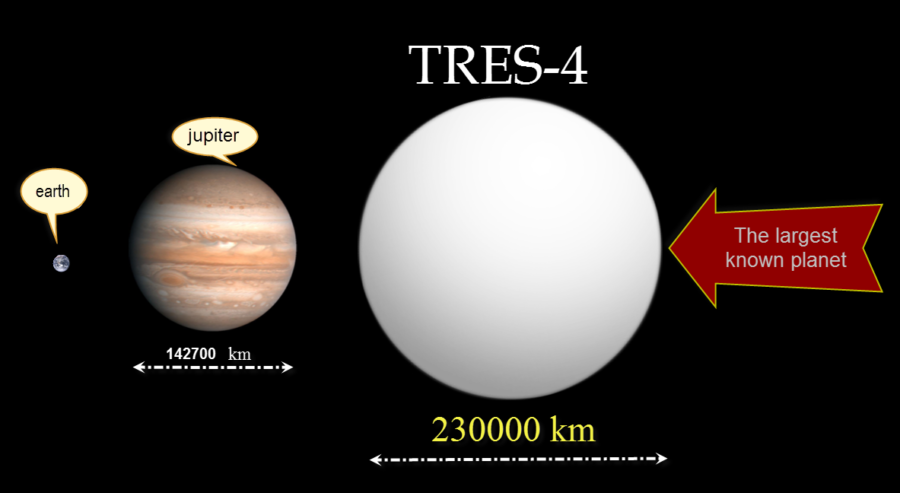The Real Planet Where Forces Of Light And Dark Are At War

One thing most planets have in common is that they all reflect light. The Earth, for instance, reflects nearly 40% of the light sent to it by our sun back out into space. But on one planet, the forces of light and dark seem to be at war with one another, and light is losing.
TrES-2b is the darkest planet ever discovered.

TrES-2b is the darkest planet ever discovered. Orbiting the star GSC 03549-02811, approximately 750 light-years away from Earth, this mysterious exoplanet absorbs almost all the light that hits it.
Discovered in 2006 as part of the Trans-Atlantic Exoplanet Survey (TrES)

TrES-2b was discovered in 2006 as part of the Trans-Atlantic Exoplanet Survey (TrES), which utilizes the transit method to detect exoplanets. When a planet passes in front of its host star that causes a slight, temporary dimming of the star’s light.
This planet reflects less than 1% of the light hitting its surface.

This planet reflects less than 1% of the light hitting its surface. It’s black, really black. So black, in fact, that it almost can’t be seen from space. The light it does emit isn’t reflected. David Spiegel of Princeton University explains, “…it’s not completely pitch black. It’s so hot that it emits a faint red glow, much like a burning ember or the coils on an electric stove.”
Researchers are still puzzled over what chemical compositions could cause such a phenomenon.

Its atmosphere contains materials like vaporized sodium and potassium that absorb light, but even those elements can’t fully explain the planet’s extreme darkness. Researchers are still puzzled over what chemical compositions could cause such a phenomenon.
Composed of some sort of chemical we’ve never seen before?

One theory is that its atmosphere is composed of some sort of chemical we’ve never seen before.
TrES-2b is not just dark; it’s also exceedingly hot.

TrES-2b is not just dark; it’s also exceedingly hot. The exoplanet orbits incredibly close to its star—so close that a year on TrES-2b lasts only 2.5 Earth days. Its surface temperatures can soar to more than 1,800 degrees Fahrenheit.












